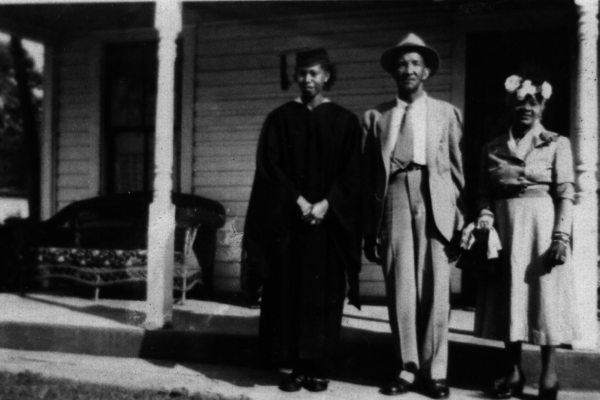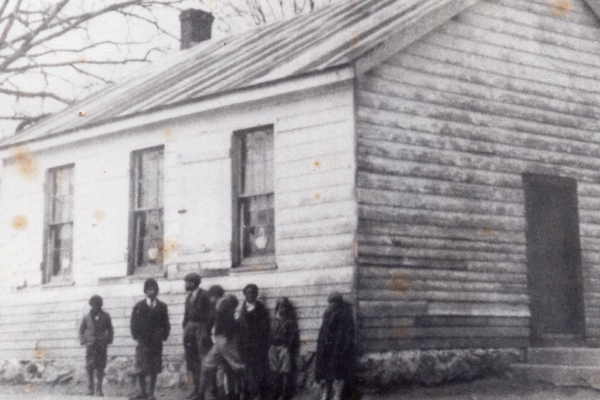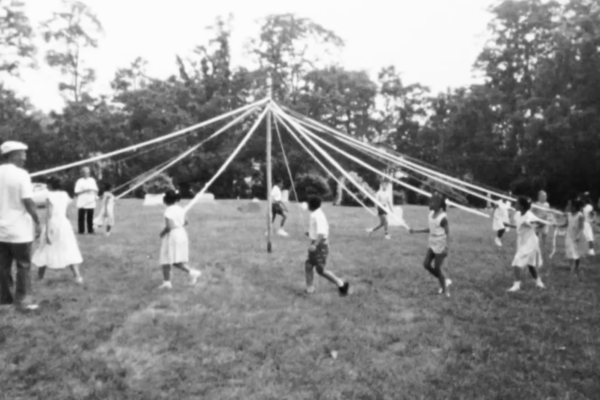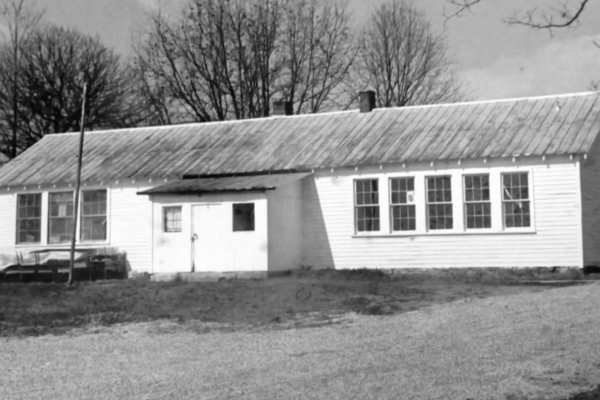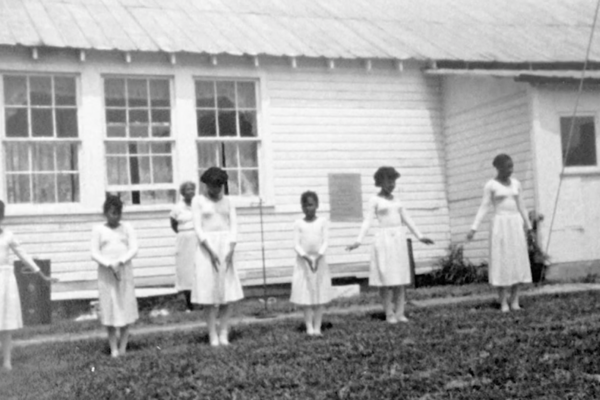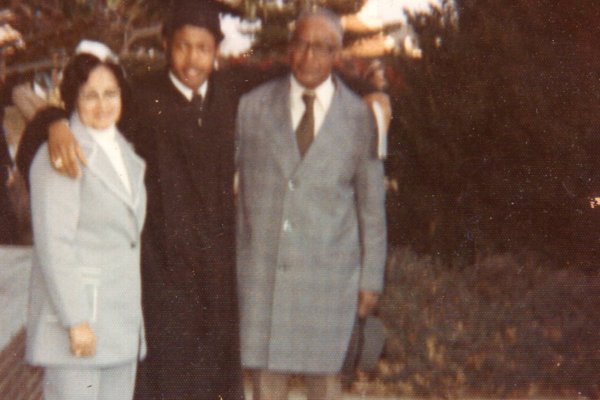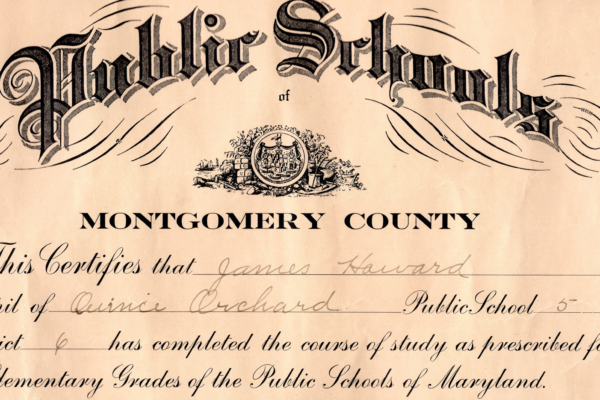Brought to life through the bold actions of Doers in the late 1800’s
We have sought to learn more about the historic community of Quince Orchard and have been wowed and challenged by what we have found.
Quince Orchard was a small farming town near Gaithersburg, Maryland that developed around the Civil War, survived for nearly 100 years, but then – like many communities across the country that have vanished due to stagnation, gentrification, or progress – it disappeared from the map.
Today, most who inhabit the same lands are unaware of its existence. Too often, along with these communities, the stories, memories, lessons and people are lost and forgotten.
The Quince Orchard Project captures and shares the forgotten history of this community, and explores how increasingly diverse neighborhoods can and must come together to preserve history and shape our future.
Church
The church, both black and white, has played a critical role in Quince Orchard’s history. So much so that in a 1908 Washington Post article informing Washingtonians of places worth visiting, Quince Orchard is mentioned as renown for its churches. Three churches served the Quince Orchard community – Pleasant View Methodist Episcopal Church, Hunting Hill Methodist Episcopal Church and McDonald Chapel Methodist Episcopal Church. These churches served as houses of worship, a place for social gathering, a fellowship hall and as a sanctuary from the tribulations of rural life. As three churches merged into one congregation – Fairhaven United Methodist Church, the ground was seeded for the diverse community that exists today.
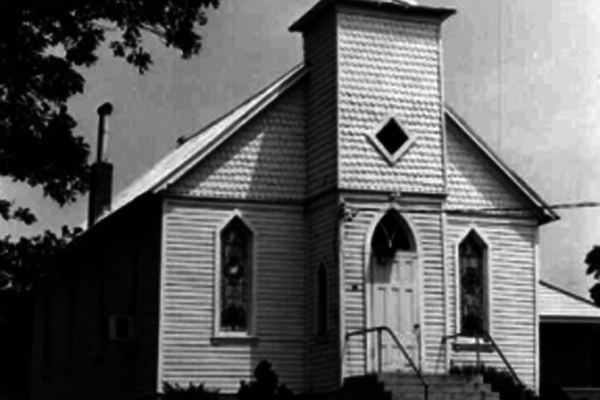
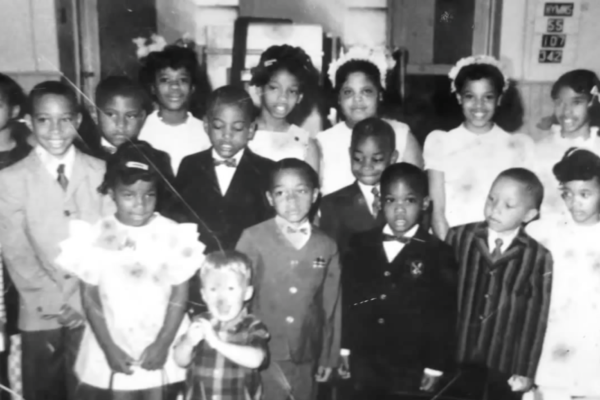
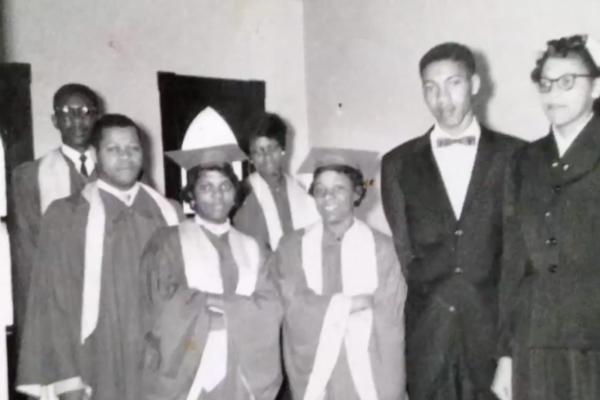
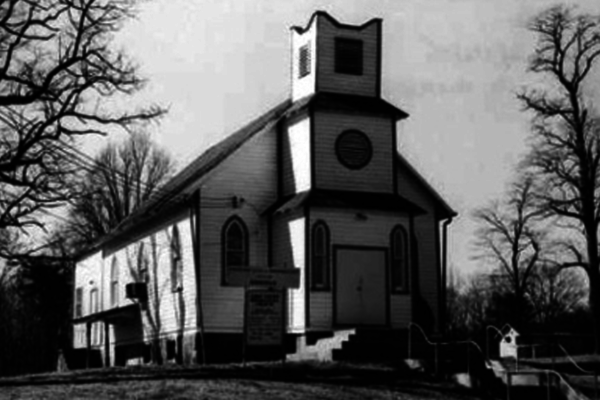
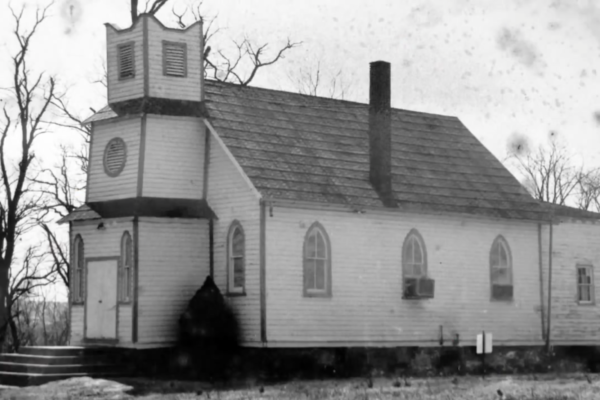
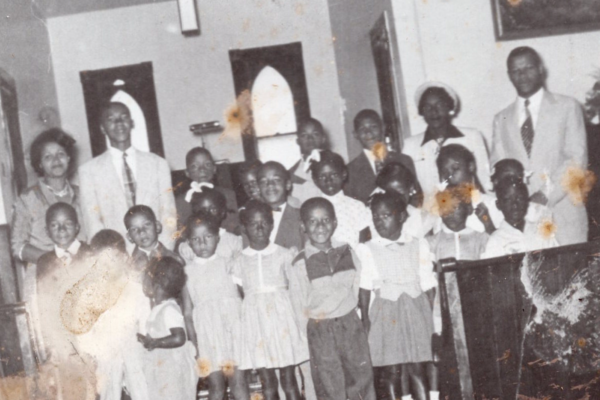
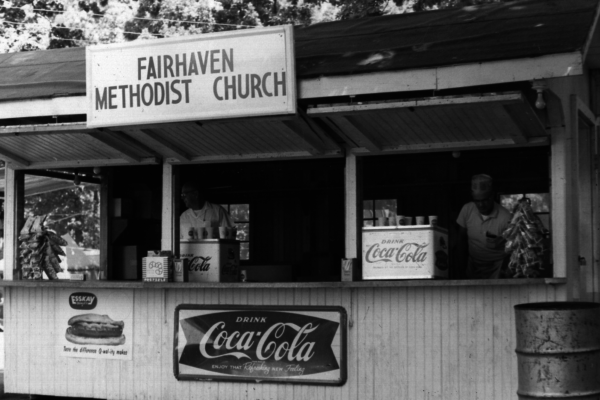
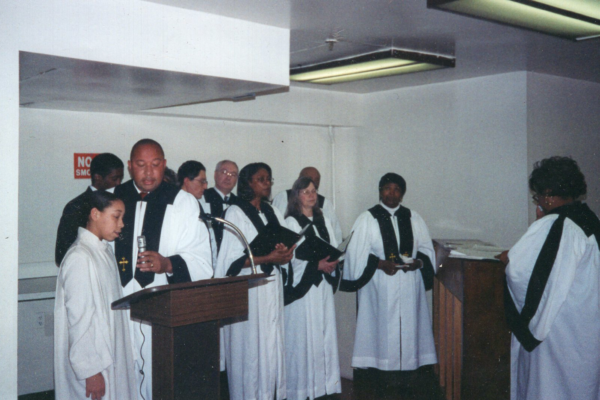
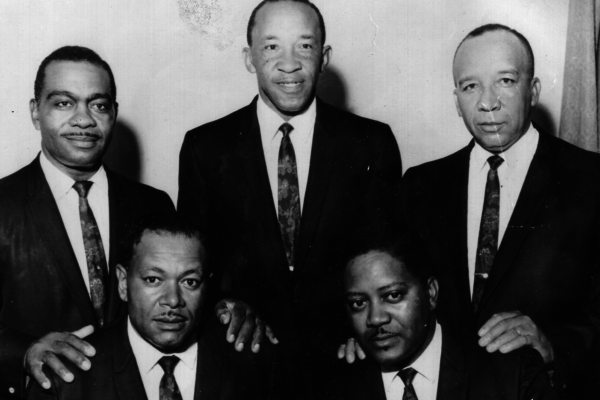
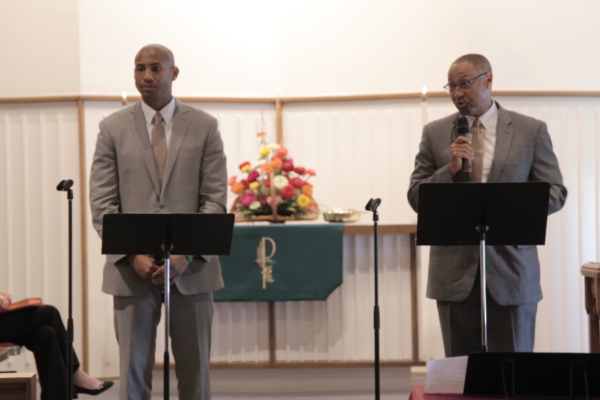
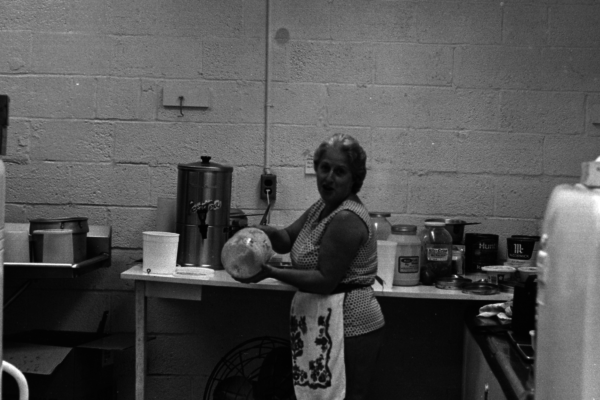
School
In 1868, just three years after the Civil War ended, the doers in our community recognized that the black children of Quince Orchard deserved to be educated. At a time of significant racial strife, the community banded together to acquire the land, build a school, hire the teachers, and enroll the students all while petitioning the county. Because of their perseverance and belief that our community would be better for all of us – black and white – if all children were educated, Quince Orchard was put on the map. And continues to unite the community beyond racial barriers.
In 1901 the Quince Orchard Colored School was burned down under suspicious circumstances. Instead of building a new school at Pleasant View site, as was expected, the Montgomery County Board of Education decided to move the existing Quince Orchard White school Building from across the street onto the lot, and built a new school – the Quince Orchard school – for white students.
